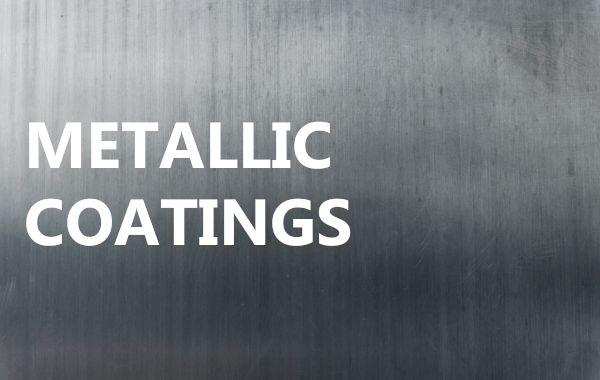
Last month we explored the topic of metal corrosion in hydraulic components.
As anticipated, this month’s post will be dedicated to an in-depth study of the main methods to protect metal parts from this deterioration phenomenon.
Main methods of prevention and protection of metallic materials
The most common and widespread methods in the hydraulic field to prevent corrosion of materials are carried out by coating, including:
• metallic coating
• inorganic coating
• organic coating
This month our post will be dedicated to metallic coatings.
Methods of obtaining metallic coatings
Metal coatings are generally indicated with the name of the metal from which they are formed (copper, zinc, nickel, etc.) and can be obtained with different methods: mechanical, chemical or physical, for example by immersion in the liquefied metal (zinc, lead, aluminum, tin and tin-lead alloys), by metal diffusion (zinc, aluminum, chromium or silicon) or by welding (stainless steels).
In particular, the coating of the hydraulic components is obtained through one of the following methods:
Spray coatings, especially used to deposit zinc and aluminum, have a high porosity, making them an excellent anchor for paints or varnishes. The main advantage of this method is that it can be used to cover both very large surfaces and single parts such as nails and bolts.
Immersion coating, used to coat the metal material to be protected (steel) by immersion in a bath made up of another liquefied metal (zinc, lead, tin, various alloys). It is the oldest, simplest and cheapest method among those presented in this study. The main advantages of this technique are simplicity, speed and the ability to cover the interior or pieces with complicated shapes.
Chemical reduction, obtained by immersing the component to be coated in an aqueous solution containing ion of the metal to be deposited and a reducing agent. The coating obtained with this technique has a high thickness uniformity, regardless of the shape of the treated surface, therefore it is particularly suitable for profiled surfaces, internal parts and threads.
Electrodeposition, through which metal objects are covered with a thin layer (less than 0.1 mm) of another metal deposited by electrolytic process, to make the surface more resistant to wear or corrosion. The material to be coated constitutes the cathode (negative pole) and is inserted into a cell (galvanic bath) with an anode (positive pole), made up of the covering metal.
Metal coatings used in hydraulic applications
Let’s see in detail some of the most used coatings for the protection of metallic materials of the hydraulic components.
Galvanizing
Zinc coatings are widely used for the protection of carbon steel, a material used in various components of the hydraulic system, as a shield for atmospheric corrosion.
The resistance of these coatings depends on the environmental conditions and the duration is proportional to the thickness of the coating itself.
Galvanizing is carried out with two main techniques: by immersion in a liquefied zinc bath, which allows the deposition of a layer up to 100 microns thick, or electrolytically, which provides a deposition of 2/5 microns.
Since the corrosion resistance is proportional to the thickness of the coating, in the second case the anticorrosive performances are reduced therefore the electro-galvanizing in general is used as the first protective layer of a painting cycle, for example in the automotive sector or in some hydraulic applications, such as agriculture or the construction sector, where the components of the hydraulic system end up in the spray booth with the rest of the machine.
Nickel plating
The mechanical characteristics of nickel, in particular the resistance to stress and ductility, combined with the high resistance to the atmosphere (including industrial), water, alkalis and solvents have determined the use of this metal for corrosion resistant coatings.
Nickel coatings can be up to 250 microns thick.
Nickel is applied by electrodeposition process or, for those applications that require a high degree of protection, such as the chemical industry, by chemical reduction.
In particular, chemical nickel plating has developed a lot in the last 20 years, as it can be used on a wide range of materials for in industrial applications, such as aluminum, copper, aluminum and copper alloys, ferrous alloys, etc., with thicknesses ranging from 2-3µ up to 50µ.
Zinc plating
The zinc nickel alloy is generally applied through the electrodeposition process.
The zinc-nickel coating, in addition to being extremely thin and uniform, provides more significant corrosion protection than the treatment with zinc alone.
The zinc-nickel coatings maintain their corrosion resistance up to a temperature of up to 300 ° C.
In hydraulics, this treatment is carried out on request for specific applications that require the use of aggressive fluids, as they are compatible with the main fluids on the market, or that operate in particularly harsh, humid environments and in unfavorable climatic conditions.
For any doubt or further information regarding the most suitable metallic coatings for your application, please contact our Sales Team.
Stay tuned!